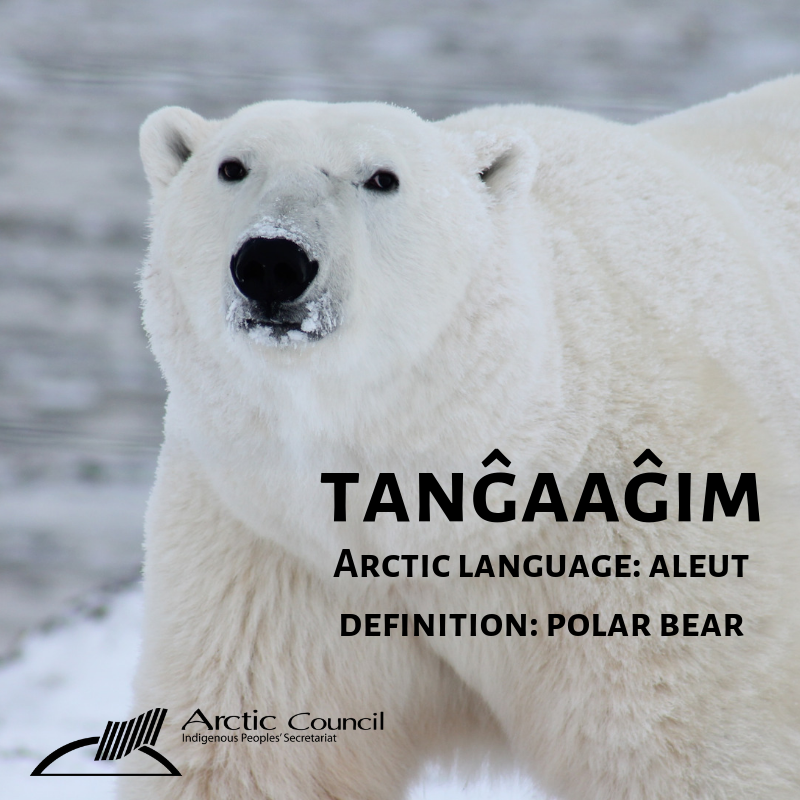




Ságastallamin Exhibition
Arctic Indigenous Languages
Ságastallamin Exhibition
Arctic Indigenous Languages
Between forty and ninety Indigenous languages are spoken in the Arctic, depending on the methods used to classify languages and dialects. Although many Arctic Indigenous languages are threatened, there is a growing movement among Indigenous Peoples to establish initiatives that revitalize their languages.
To celebrate the 2019 International Year of Indigenous Languages, the Arctic Council Indigenous Peoples' Secretariat and UiT University Library joined together to produce an exhibition entitled "Ságastallamin: Telling the Story.” The exhibition provides background on Arctic Indigenous languages and showcases institutions working to revitalize them.
After opening in the UiT University Library, the exhibition travelled to Rovaniemi, Finland for the 6th Arctic Leaders’ Summit. It will continue to travel across the circumpolar North.
The Ságastallamin Exhibition included 17 roll-ups, a 4-meter-long map, and a Spotify playlist of songs in Arctic Indigenous languages. Click the buttons below to learn more.

Language posters
“Ságastallamin” posters
Language posters
“Ságastallamin” posters
Background on Arctic Indigenous languages
“Ságastallamin: Telling the Story” presents the Arctic region, the Peoples therein, and the languages they speak. The exhibition describes some challenges the languages have faced in the past and ones they continue to face into the modern day. Because the exhibition originated in Sámi homelands, one poster is dedicated to Sámi languages.
Click the buttons below to read the texts from the posters included in the Arctic Indigenous languages exhibition.
Language revitalization initiatives
Many revitalization efforts around the circumpolar Arctic are made possible with the help of community-based movements, new laws and state-funded institutions that protect Indigenous languages, regional Indigenous-owned corporations, and modern technology. The Permanent Participant organizations nominated the following exceptional institutions and initiatives to be highlighted in “Ságastallamin: Telling the Story.”
Click the buttons below to read texts from the “Ságastallamin” posters about Arctic Indigenous language revitalization initiatives.

Submit feedback
Arctic languages map
Submit feedback
Arctic languages map
About the map
The Arctic Indigenous languages map broadly demonstrates Arctic Indigenous languages spoken by members of the Arctic Council Permanent Participant organizations (Indigenous Peoples Secretariat, 2019). The borders between the language families and locations are illustrative and not entirely precise. Most languages are written in English and not in their traditional orthographies. Different dialects are marked in italics to demonstrate diversity within languages.
Continued work
“Arctic Indigenous languages and revitalization: an online educational resource” is a follow-up project to the language exhibition, beginning in 2021. The purpose of the project is to finalize a peer-reviewed comprehensive circumpolar GIS map of Arctic Indigenous languages to be used as an openly available online resource for education and research. The map project incorporates feedback already received by the Indigenous Peoples’ Secretariat on the first draft of language map that was on display as part of the Ságastallamin exhibition. Everyone is welcome to submit feedback on the map using the form below.
Resources: Arctic Biodiversity Assessment (CAFF, 2013); GRID-Arendal (GRID-Arendal/UN Environment, 2019), W.K. Dallmann (Norwegian Polar Institute, 2012), experts from the Arctic Council Permanent Participant organizations. The language classification for Haida is based on Schoonmaker et al., 1997, for Yukagir on advice from the Institute for the Peoples of the North, 2019.
Submit feedback
The Indigenous Peoples’ Secretariat actively seeks input to further improve the Arctic Indigenous languages map through the project “Arctic Indigenous languages and revitalization: an online educational resource”, a project running from 2021-2022.
Please submit your suggestions to the language map below. We are also looking for suggestions for innovative language revitalization initiatives to feature on the map.

Language Flyers
Social media campaign
Language Flyers
Social media campaign
In addition to "Ságastallamin: Telling the Story,” the Indigenous Peoples' Secretariat spread the word about Arctic Indigenous languages through social media. The images below were used to teach a useful expression in a different language every week during the summer of the International Year of Indigenous Languages.










